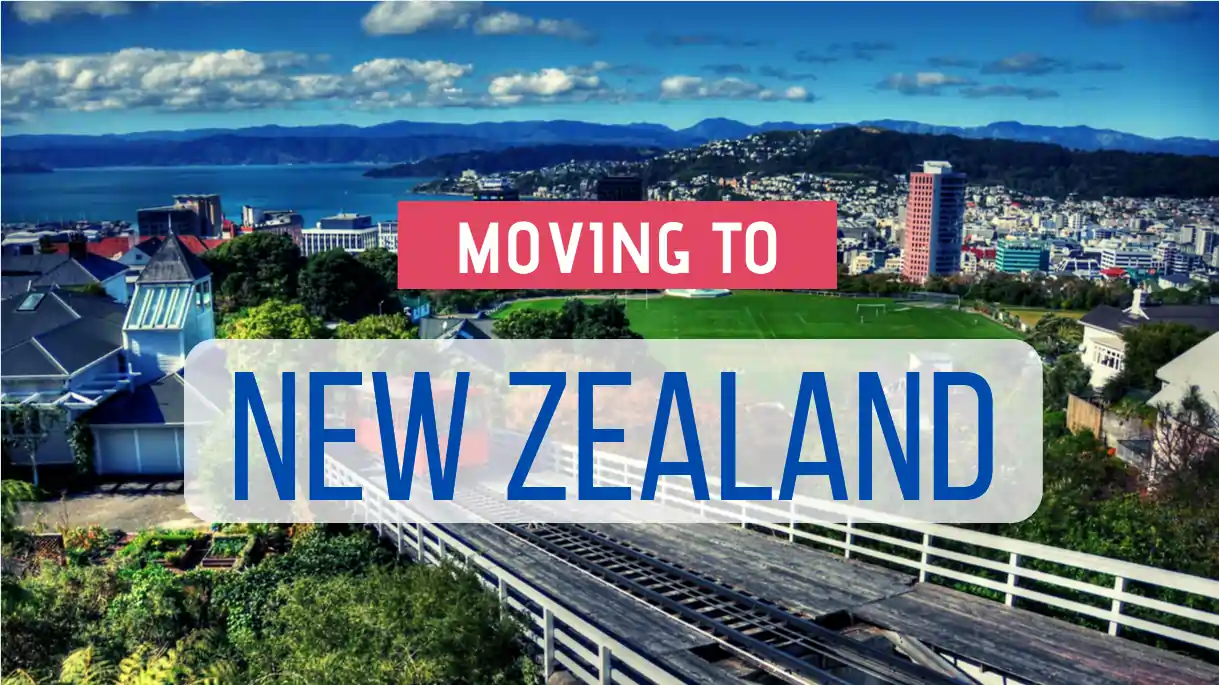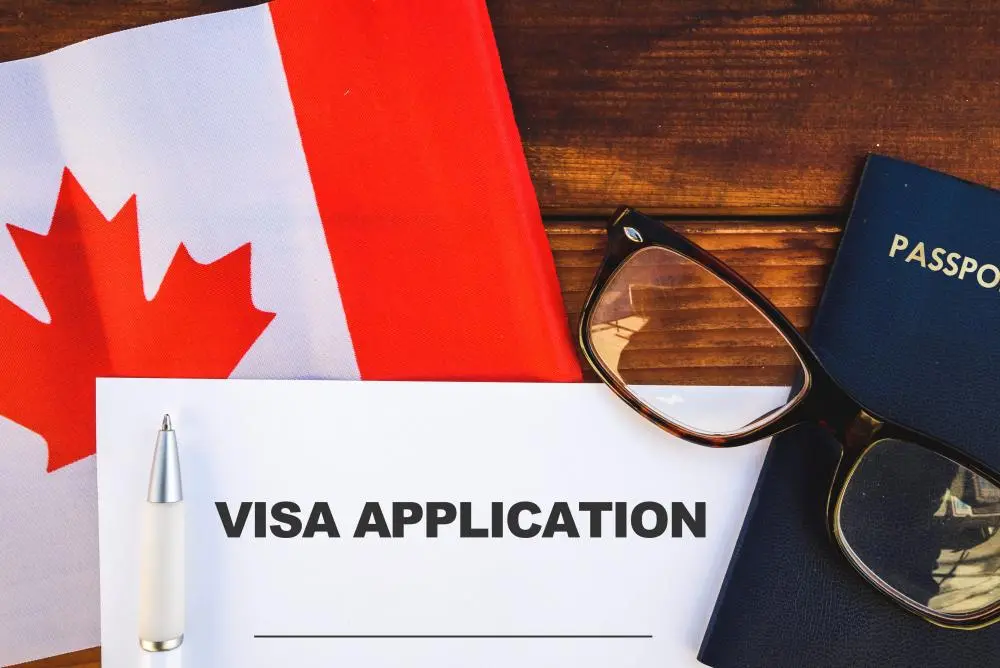Are you considering to travel to Canada but you do not know where to begin from? So with those many opportunities of immigration it’s quite hard to choose what to do.
Canada is one of the most friendly nations for immigration and provides various opportunities covering all those who want to immigrate to Canada with distinct or unique characteristics, knowledge, and objectives. But how are you to determine which plan is suitable for you? No matter if you need a job, education or to start a business in Canada, there is probably a program for you.
In this article, however, we’ll introduce you to ten new and interesting approaches to visiting this beautiful country. This will inevitably mean discovering everything about the Express Entry scheme as well as many other options that may be less familiar like the provincial business schemes.
Ready to go to Canada? The journey starts here!
1. Express Entry
Do you know that there is system called the Express Entry system? This one of the most common and effective method of immigrating to Canada because of its flexibility. Used by the government to filter through the economic immigration applications, Express Entry is an eligibility criteria that seeks to select the best candidates based on things such as their skills and work experience as among other factors. It employs the elements of so-called Comprehensive Ranking System (CRS) which assigns the candidate certain number of points. The high ranking also entitled you to apply for permanent residency directly if you are lucky.
The Express Entry system is made up of three main programs: and these are the Federal Skilled Worker Class, the Federal Skilled Trades Class, and the Canadian Experience Class. This pathway is for you if you have any of these qualifications in any specialization relating to the areas of focus mentioned above.
2. Quebec Immigration Pathways
You might not be aware but, Quebec has its own immigration system that is different from the rest of Canada. Since Quebec is a French-speaking province in the country, it has a policy regarding the flow of immigrants. There are the Quebec Skilled Worker Program (QSWP), and the Quebec Experience Program (PEQ) for those who wish to reside in Quebec.
These programmes are particularly appropriate for anyone with operational skills in French or those already learning or working in Quebec. If you are interested in setting a root in this energetic province, this would also be a great way.
3. Provincial Nominee Programs (PNPs)
The Canadian provinces and territories except for Quebec have their own immigration systems through which they nominate people for immigration with permanent residency status. These programs are designed to provide training to match the requirements that certain geographical areas.
For example, to apply for nomination for permanent resident status the following may do so: You have been offered a job in that province; you have skills which are in demand in that province. PNPs are organized in a way, where you can apply through the express entry system which is an added advantage as it increases the immigration rate.
4. Employer-Driven Pilot Programs
Have you ever thought about the opportunity to immigrate to Canada with an employee’s assistance? Employer-led pilot project enables Canadian employers to recruit skilled foreign workers to cover acute employment shortages in the country. There are two main programs, which are the Atlantic Immigration Pilot as well as Rural and Northern Immigration Pilot.
Both of these programs were designed to help encourage people to move to rural areas which required workers. If you obtain a job offer from a participating employer, you can become qualified for permanent residency, which makes it a realistic and sensible method for employment-oriented immigrants.
5. Self-Employed Programs
The self-employed program is available for those, who work for themselves, and have experience in cultural, artistic or athletic field. This immigration pathway is for those people who are able to bring into the Canada the talents and abilities in fields such as music, writing or sports.
However, the Self-Employed Program does not demand a job offer, approved business offer or a connection with a Canadian employer; but applicants must testify that they possess the experience and skill necessary to establish themselves as self-employed persons in Canada and become valuable contributors to the cultural life of Canada.
6. Provincial Business Programs
Do you have interest of doing business in Canada? Some provinces have designed business immigration programs for people who wish to invest in, and actively manage businesses in Canada. Many of these provincial programs target people capable and willing to invest in business within their province of residence.
If you start your own company you help the local economy and in exchange you may obtain a permanent residence. This is a good opportunity for anyone who wants a new business idea and is not afraid of uncertainty.
7. Start-Up Visa for Entrepreneurs
Do you own an idea that can transform your life and that of others through a business venture? The Start-Up Visa Program was initiated to encourage foreign talents with innovative ideas to set up their own business in Canada. Unlike the provincial business programs, this program targets global competitive business to create employment for Canadians.
However, it is even more selective and the existence of your business idea must be backed by a specific organization, for instance, a venture capital fund or a business incubator. If you are aspiring for a new and creative business in Canada, this may be the best chance to immigrate to the country.
8. Temporary Residence for Students
Have you ever thought about studying in Canada? Education in Canada remains unparalleled, as it boasts of having some of the best universities and colleges that are recognized globally. If you are offered admission in a Canadian institution, you can apply for a student temporary visa. This visa also permit the holder to reside in Canada while studying.
The best part? If you meet the requirements after finishing your courses, you could be granted a Post-Graduation Work Permit with which you can gain employment in the country.
It is appreciated because many of the students after completing their studies go ahead and seek permanent residency.
9. Family Class Immigration
Have your first-degree relatives emigrated to Canada? Family class immigration lets one to sponsor a relative who is a Canadian citizen or a permanent resident of the country for their immigration to Canada. This pathway is for spouses, children, parents and grandparents.
The family sponsorship program is meant to reunite families; that means if you have dear ones residing in Canada, this could be the most effective way of coming to the place to live. In general, the procedure might take comparatively short time though it depends on the nature of the relationship and the immigrant’s position in the family within the territory of Canada.
10. Student Visa
It is quite thrilling to imagine what one could do when they get a student visa. Education in Canada is consequent to providing one an opportunity to live in a new environment while gaining education. The foreign students are able to study at any institution of learning in Canada under the student visa and also they are allowed to work while study.
After finishing your education you can obtain work visa or even become a resident under the some of the programs. This is a perfect route for those people who plan to study and get a long term prospect in Canada.
Conclusion
There are numerous options to come to Canada for employment, studies, or reunion purposes. All the pathways have their own advantages and depending on one’s educational background, previous work experience or current status, then one pathway will suit than the other.
Canada’s program for immigration is diverse and ranges from express entry program to employer driven programs and student visas. In that respect, one has to make the necessary research and decide on which program to apply for before making an application.
We wish you best of luck and hope to see you in Canada soon.





